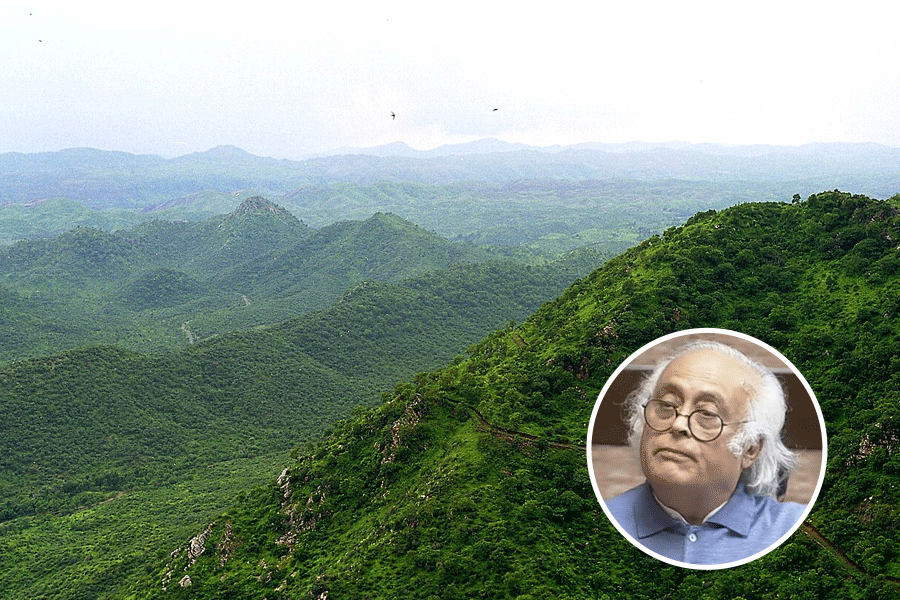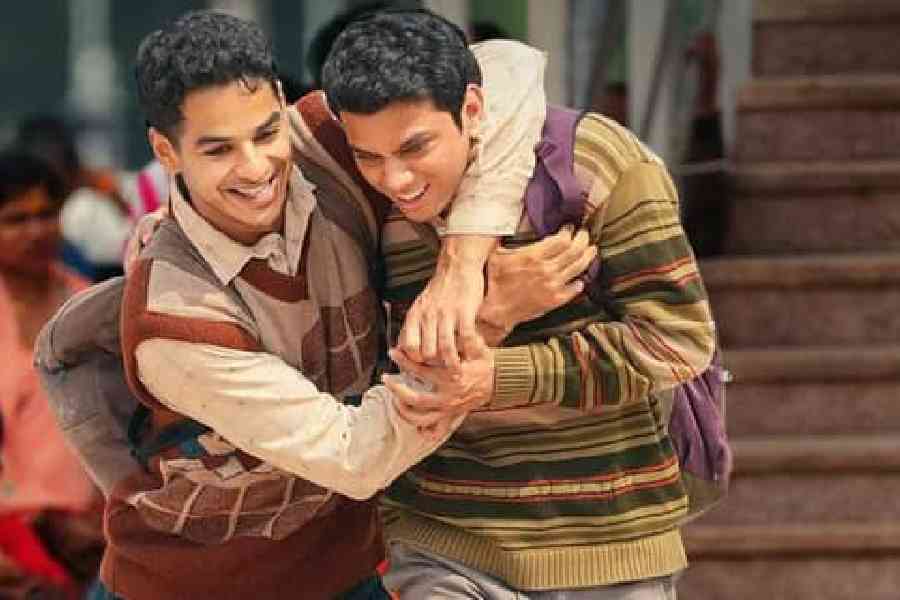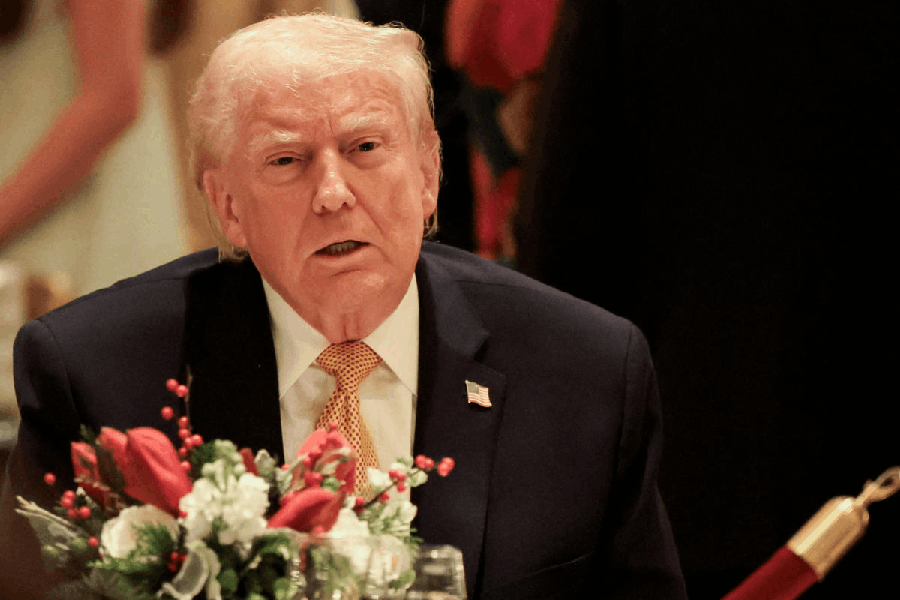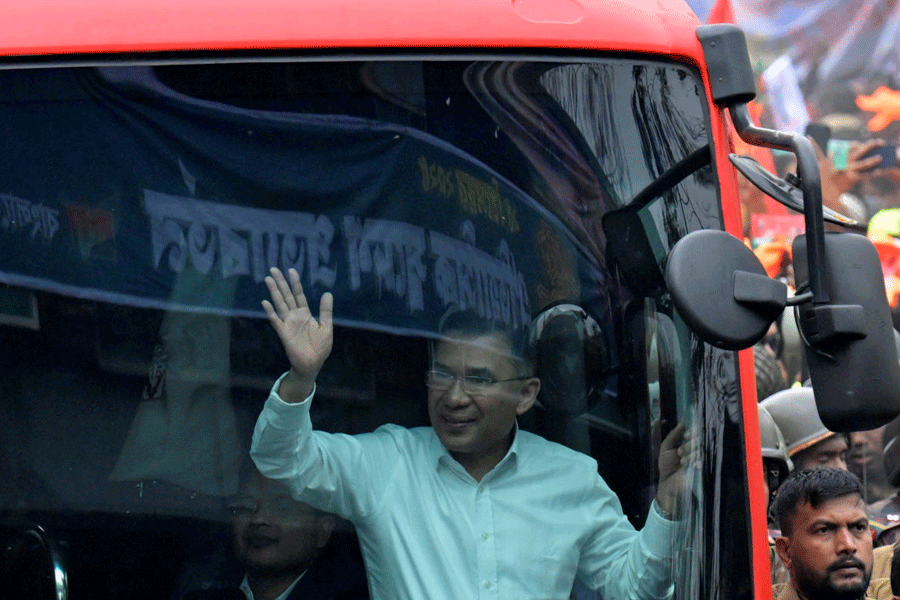 |
 |
| PROMOTING ART: An installation by Humi Mulji on display at Saatchi Gallery; Charles Saatchi (above) |
Charles Saatchi’s shock and awe
Charles Saatchi is famous for trying very hard not to be famous which, in a funny way, makes him even more famous. He is one of Britain’s most influential art collectors and owns the 70,000sqft Saatchi Gallery in King’s Road, Chelsea, which is currently displaying the work of 26 artists from the Indian sub-continent in an exhibition entitled The Empire Strikes Back.
Saatchi, who founded the global advertising firm Saatchi & Saatchi with his brother Maurice and started collecting art in 1970, isn’t a recluse in the Howard Hughes category but he does have his little eccentricities. He insists on not giving interviews to journalists and avoids public exposure to the extent that he avoids attending previews of exhibitions, especially his own.
When it comes to travelling, he plays it safe. He does not go anywhere if it involves flying — which will be a bit of a problem if he is to come to Calcutta to discuss possible collaboration with its museum of modern art. He would be particularly welcome, I guess, if accompanied by his cookery writer wife Nigella Lawson, who, like Gordon Ramsay recently, could pick up the odd culinary tip or two.
Collaboration with Saatchi would definitely be in the interests of art lovers in India for when it comes to picking out young artists and their work he does come across as a risk taker who loves jay walking on the wild side.
He is credited with being behind the rise of many of today’s big names, among them Damien Hirst, Tracey Emin and Jeff Koons and is appreciated for his sponsorship of YBAs (Young British Artists).
Last year he published a book, My Name Is Charles Saatchi And I Am An Artoholic. Saatchi likes to bring art to the masses for he has a commendable policy of free entry to his gallery and is linking the world’s museums by going online.
Charles Saatchi was born in Baghdad in 1943. While many Iraqi Jews happily found a sanctuary in India, his family came to London in 1947.
According to the Saatchi Gallery, The Empire Strikes Back brings together “works by established and emerging artists, most of whom have never been shown in the UK before”.
One installation, Arabian Delight, by Pakistani-born Humi Mulji — a stuffed camel squeezed into a suitcase is intended to denote notions of travel and cultural displacement — certainly made my jaw drop.
First, I thought it was an oversized toy, may be a horse. The dawning realisation that it had been a living camel once came as a shock. In my case, at least, this was followed by awe.
 |
| WALL OF FAME: Gandhi’s Sabarmati speech by Jitish Kallat |
Children of Charles
The big question: will Charles Saatchi’s sponsorship of YIAs (Young Indian Artists) transform their lives?
The Mumbai-based artist, Jitish Kallat, tells me: “Charles Saatchi has been an active catalyst, not just within the daily cultural life of London, but within the larger British art history of the 1990s.”
Kallat’s striking and very long installation, Public Notice — it’s Gandhi’s historic 1930 Sabarmati speech set out in some 4,600 bone-shaped letters — is given an entire hall.
Perhaps it is worth identifying the 26 Indian artists lucky enough to be blessed by the Guruji of Modern Art: “Jaishri Abichandani, Mansoor Ali, Kriti Arora, Huma Bhabha, Ajit Chauhan, Shezad Dawood, Atul Dodiya, Chitra Ganesh, Probir Gupta, Sakshi Gupta, Subodh Gupta, Tushar Joag, Jitish Kallat, Reena Saini Kallat, Bharti Kher, Rajan Krishnan, Huma Mulji, Pushpamala N., Yamini Nayar, Justin Ponmany, Rashid Rana, T.V. Santhosh, Schandra Singh, Tallur L.N., Hema Upadhyay and T. Venkanna.”
Everything on display at The Empire Strikes Back belongs to Saatchi, who was personally involved in making sure they were displayed to best effect.
Kallat’s installation was acquired by Saatchi in 2007 after it was shown in Milan. Kallat has two other editions, one of which is due to go to the John F. Kennedy Center for the Performing Arts in Washington DC.
Saatchi may have picked well for Kallat — who was born in Bombay in 1974 and is a relatively new name at least in the UK — opens with a solo show in London, mainly with new works, at the Haunch of Venison Galleries on February 15.
“In the last two years, we’ve seen two private museums emerge in India, a third one is about to open and several more are being planned,” Kallat adds. “Given the condition of state run museums in India, it will be interesting to see if an exhibition such as this one in London will prod collectors and corporate houses in India to make their collections accessible to the public by placing an education programme within its mission.”
 |
Picture perfect
It is encouraging to see schoolchildren flood into the Whitechapel Gallery, near Brick Lane in East London, which has put on display more than 450 photographs, some enchanting, others merely marvellous, from the Indian sub-continent.
Some are evocative — Satyajit Ray directing Madhabi Mukherjee on the set of Mahanagar, Ray on his own surrounded by filmi clutter, and Tagore from 1947.
Taken together, many of the images seem to come from old albums most Indian families have tucked away somewhere in the deep recesses of their almirahs. Actually, quite a few are rare vintage prints on loan from the Alkazi Collection in Delhi or the Abhishek Poddar Collection in Bangalore.
I ask Shazia Nizam, who is looking after the PR for the project, Where Three Dreams Cross: 150 Years of Photography from India, Pakistan and Bangladesh, about her favourite.
Shazia, who was born in London of parents who came from Pakistan, curiously picks the one I also like best.
It was taken in Srinagar in 1962 by a woman photographer Nony Singh of “my sister, Guddi, posing as Scarlett ’Hara from Gone with the Wind”.
The photograph illustrates the first law of make up: Indian women can assume a haunting, even ethereal beauty, sometimes caught in old black and white photographs, when they use little or no make up.
Shazia and I are joined by Kirsty Ogg, a curator at the Whitechapel Gallery and part of a large team that selected the photographs. She makes the point that while much attention has been given of late to contemporary Indian art, Indian photographers have not received the attention they richly deserve.
“We are looking at their photographs in a contemporary way,” she says.
Kirsty also reveals it is hoped to take the exhibition to India at the end of this year after it tours Switzerland.
Moving house
Recession? What recession?
The sculptor Anish Kapoor, who made a £17m profit in 2008, is reported to be in the market for Ashdown House, a 17th-century National Trust property, worth £5m, in the Berkshire Downs.
Meanwhile, Arun Nayar, otherwise known as Mr Liz Hurley, is said to be scouting for a haveli in Rajasthan. There goes the neighbourhood.
 |
Tittle tattle
When journalists complained last week to Karan Johar, Shah Rukh Khan and Kajol that they were being asked effectively to plug My Name is Khan because they had been denied the courtesy of a preview, KJo was disarmingly candid about the dangers of possible piracy: “Indians don’t trust anyone.”











